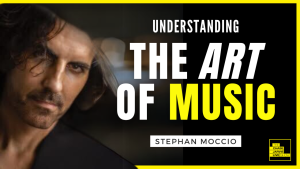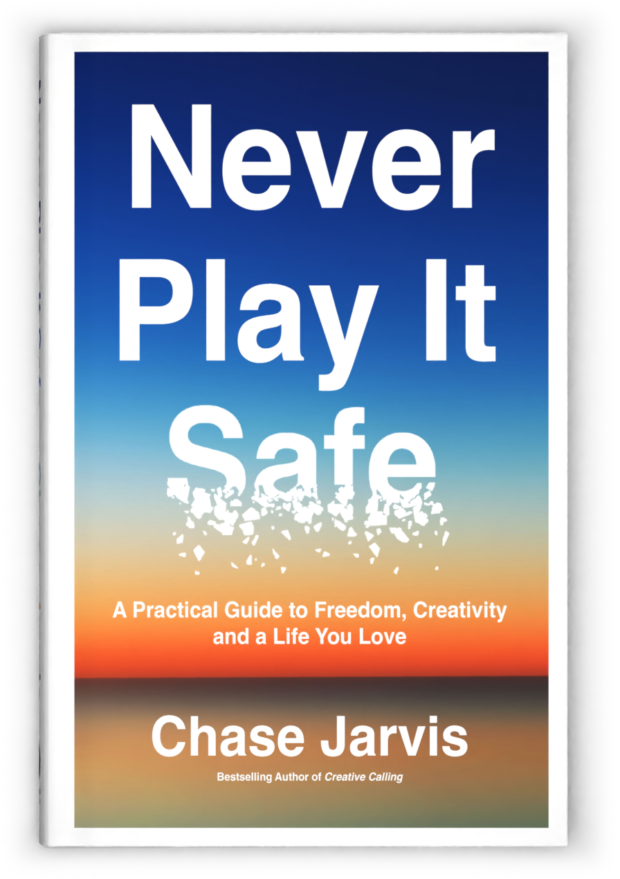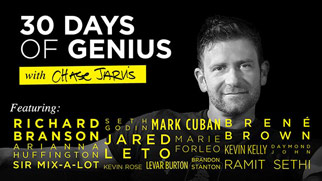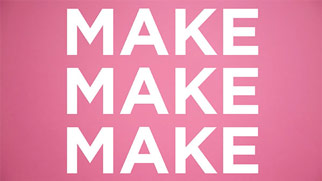Steve Turner is a multidisciplinary musician who played in three of the Grunge genre’s most iconic bands – Green River, MudHoney, and Monkey Wrench.
While groups like Nirvana are more well-known today, he is largely credited for inspiring the artists behind them. It wouldn’t be an overstatement to say that this man helped birth and shape a universe of music that’s now listened to around the world. That’s a pretty big accomplishment. One that makes you wonder what it’s like to be in his shoes.
Did Steve always have the goal of making such an impact? How does he get up every day, put his pants on one leg at a time, and just walk amongst us seemingly unfazed? Well, as it turns out, this internationally-acclaimed grunge icon is just as human as everyone else. In fact, he tells me that music was never really his long-term game plan to begin with.
“I didn’t think anything was gonna come of the music thing. It was just something that me and my friends did for fun and something to do on the evenings and weekends.” Regular 15-year-old kid stuff, right?
By 1983 he would start playing in bands alongside legends like Jeff Ament and Stone Gossard in the niche Seattle music scene. As a city often secluded from major tours at the time, it ended up becoming the perfect breeding ground for a new wave of sound. Malfunction, 10-Minute Warning, and Sound Gardens are just a few of the other famous groups that Steve recalls having watched form first-hand.
I didn't think anything was gonna come of the music thing. It was just something that me and my friends did for fun and something to do on the evenings and weekends. Share on XBut even as grunge was taking off, he explains that music was still more of a side-quest to him than anything else.
“I famously thought that Stone and Jeff were [delusional] for thinking they were gonna make a living, let alone be stars in music. I was like, I couldn’t even comprehend that idea.” Instead, Steve had every parent’s priority in mind – college.
Getting To Know Grunge
Of course to me, this entire interview is a teenage dream. I was in my teens when Steve’s music began to dominate the soundwaves and consider it incredibly formative to my youth. Aside from the ear-tantalizing sound, what seemed to really get people into grunge was the culture around it all. A rule-breaking, self-identifying genre, everything it produced was handmade and gritty – and particularly appealing to skateboarders. I can personally recall building DIY ramps with my friends while rocking out to this music in the 90s, just basking in the mood of self-expression. Decades later and I’m a photographer who has built his career upon the notion of being different – maybe there’s a connection?
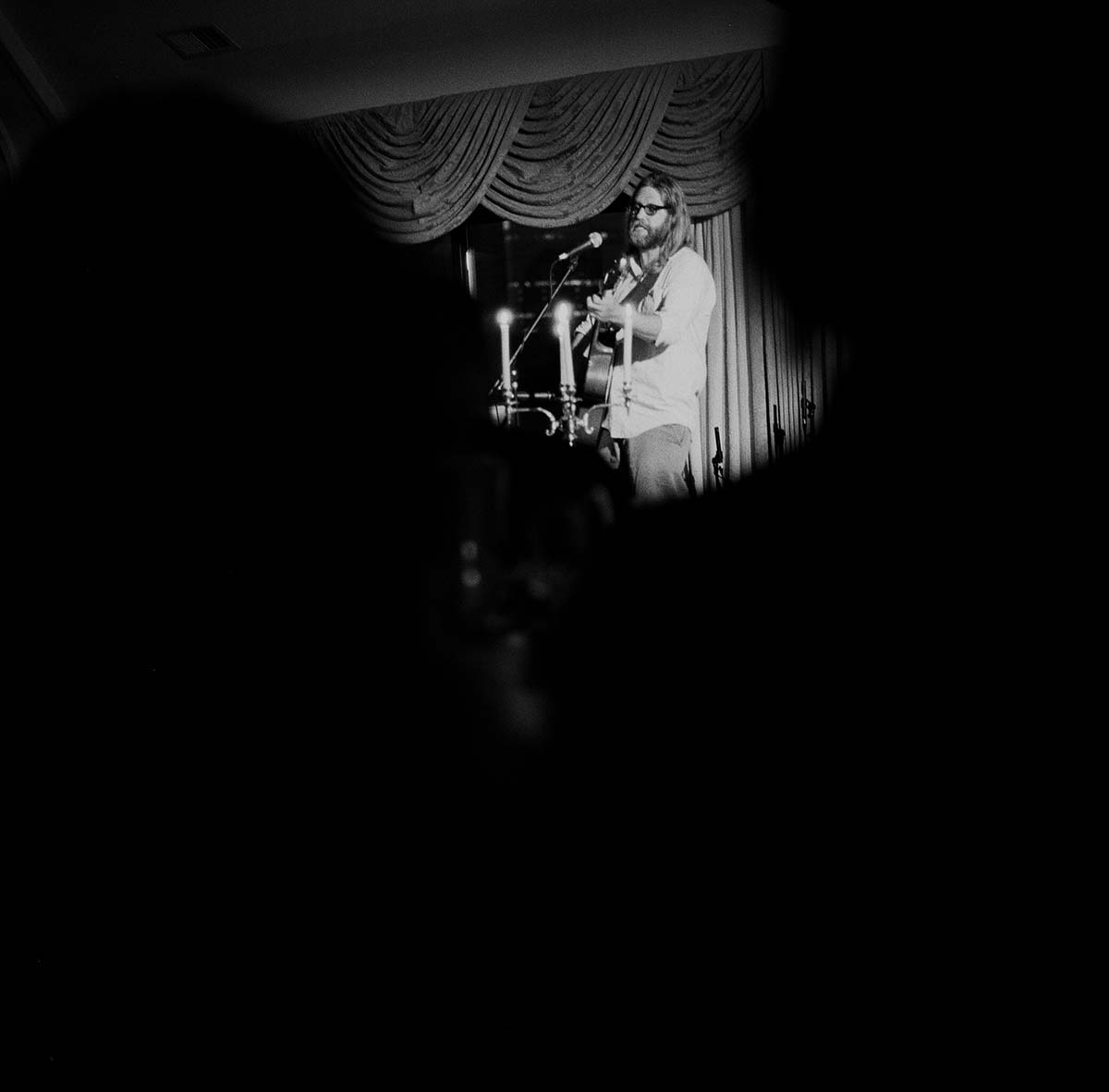
Steve also recognizes the independent culture of grunge and its prevalence in today’s skateboarding landscape. Even as an Olympic sport, there’s no shortage of pop-up spots and parks that reflect the community it all came from.
But of course, like all things, music has changed over the years. Success is no longer solely dependent on finding a decent local hall to play in – youth today have access to technology we could have only dreamed of in the 80s and 90s, allowing them to create, tune, and share their creations with the world almost effortlessly. That’s a good thing for the development of grunge long-term, according to Steve. It opens the door for a whole new generation of artists to get into the genre.
However, the benefits of digital connection don’t come without drawbacks. As the father of two young adults, Steve has seen the interpersonal toll that technology can take on teens. They’re not getting together nearly as much as they were decades ago. The pandemic only made things worse by making in-person gatherings a no-go for over two years.
Fully preserving grunge culture means satisfying equal parts of a two-sided dynamic – the need for accessible creative platforms and meaningful human connection.
What Does the Future Look Like?
While other artists from grunge’s heyday sit back and collect checks, Steve Turner remains an active part of the music scene. He and his band Mud Honey just celebrated 35 years of making chart-topping music and they don’t plan to stop any time soon. In fact, the group just released a new record, Plastic Eternity, in April.
They’re also still paying shows. Despite the standstill that COVID-19 brought to the music scene from 2020 to 2022, Steve says he’s happy to see that many concert crowds have returned to their full pre-pandemic sizes. The in-person experience of being at a show is irreplicable and something that he hopes will be preserved indefinitely.
“Going on tour, that’s a big part of being a musician… You’re getting through a song and that’s kind of fun.” He says, before adding that “Touring is also somewhat exhausting. You don’t get a lot of sleep.”
The pain behind every creator’s passion.
So, what’s Steve Turner’s take on the future of creativity? Balancing mediums of expression. While we’re both old enough to remember the days of seven-inch records and CDs, few households today have the equipment necessary to play them. Yet at the same time, 2023 youth are embracing the 90s aesthetic and dressing as if they’d carry a Walkman on their waistband. What’s old is cool again, and it’s added a whole new layer of meaning onto grunge culture that will certainly shape it in the years to come. Hopefully, things will continue to evolve in the positive direction that they have to preserve and improve this formative genre for our kids, and even grandkids, who will idolize and reminisce upon the 1980s and 1990s that they never had the benefit of living through.
Enjoy!
FOLLOW STEVE:
twitter | instagram | website






